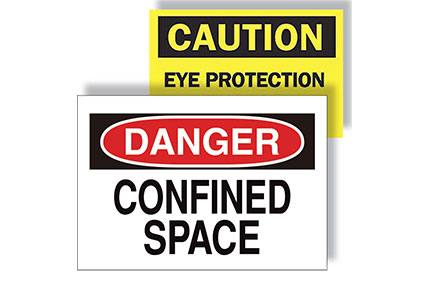Turnaround projects by their nature involve a variety of worker safety issues. If a project has an especially tight deadline, and most turnaround projects do, it may require more labor, extended shifts or both to be completed on time. If the project uses contract labor, which is also typical, those workers will most likely be unfamiliar with the layout of the worksite, its processes and equipment. In these cases, workers may need to rely on varying degrees of professional training and past experience to navigate the unfamiliar work location, whether it’s a refinery or chemical facility. During turnaround, in the petrochemical industry especially, workers often find themselves in challenging work environments such as extreme heights or confined spaces, and may be assigned activities they don’t normally do, such as inspections, maintenance or repairs.
Workforce multiplier
To add to all of these factors, during normal operations, an oil refinery, for example, might employ 500 people. A turnaround project at that same refinery could require double or even triple that workforce. In this scenario, you could potentially have two or three times the normal worker traffic, most of them unfamiliar with the site, trying to find their worksites and supplies. And while from experience these workers may be familiar with some of the potential dangers for their particular tasks, it may take a few days on the job to find and remember where specific dangers are located.
Need for hazard identification
If not properly identified, workplace hazards that stem from human error or equipment malfunction can result in substantial costs in lost production time. If accidents occur because of improper labeling or noncompliance with warning signage regulations, this could result in even more significant fines. But the worst consequence of work hazards, if not properly identified, is serious injury or even death to a worker. As there are many safety aspects to consider in planning and conducting turnaround projects, safety signage is not always high on the priority list and has a tendency to get overlooked.
We work with several large chemical manufacturing plants in the Gulf Coast region. Calling on these customers, we have learned over the years that they go through extensive safety planning before turnaround projects. Of particular concern to them is securing areas with highly flammable or dangerous materials, and protecting workers in these areas with the proper PPE. These turnaround sites are typically large, from 200 to 300 acres. So it’s not uncommon for these dangerous work areas to move around over the course of a project. And even though these customers have extensive safety experience, safety signage is one area that could use improvement.
The unique nature of turnaround projects makes a strong case for making safety signage and hazard identification a critical component of your overall safety plan.
Safety signage: Where to start
Safety signage comes in a range of categories, all used to communicate specific dangers or hazards. OSHA designates three categories of safety signage:
- Danger Signs — These indicate immediate danger and state that special precautions are needed. OSHA also specifies that the red, black and white colors used for Danger Signs be in accordance with The American National Standards Institute Standard ANSI Z53.1-1967.
- Caution Signs — These signs warn against potential hazards or caution against unsafe practices. Caution signs are yellow and black and must be in accordance with ANSI Z53.1-1967.
- Safety Instruction Signs — These are used when there is a need for general instructions and suggestions relative to safety measures. Any letters used on white backgrounds must be black, and colors must be in accordance with ANSI Z53.1-1967.
In addition to OSHA categories, the American National Standard Institute (ANSI) designates eight classes of accident prevention signage: Danger; Warning; Caution; Notice; General Safety; Fire Safety; Directional Arrow Signs and Special Signs.
Overlooked visuals
Each turnaround project is unique, so the first step is to identify the hazards specific to the kind of work being performed as well as dangers associated with the location. While many of the larger safety concerns like inspections and personal protection are accounted for in safety planning, sometimes the visuals, such as pipe markers, tank placards, valve tags, equipment labels and even directional signage, can get overlooked. As you build your safety plan, allow for extra signage and ensure that all signs and labels are in place before the turnaround project begins. This can help make on-the-job training easier, reduce human error and prevent injuries.
You can find more information about the specific types of signs and how and where to use them by visiting The Occupational Safety and Health Administration (OSHA) and American National Standards Institute (ANSI).



